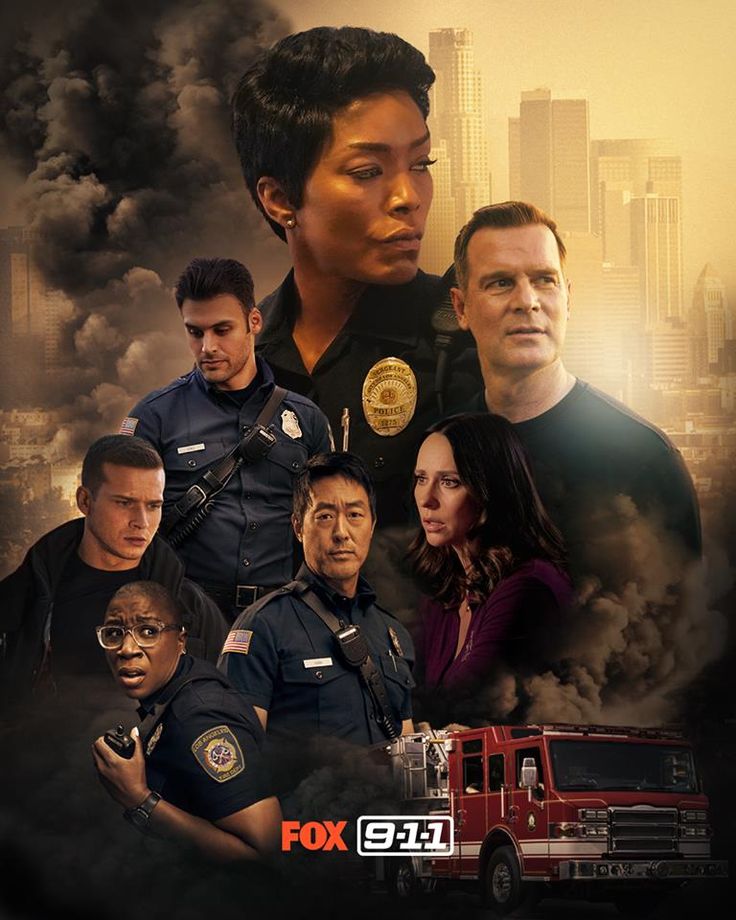
Authorities have released the 9-1-1 calls made the night a Miami-Dade firefighter’s son died. It happened during an unauthorized training exercise in Virginia Gardens on June 21 of last year. In the wake of the death, two firefighters resigned. Fabian Camero, the 28-year-old son of firefighter Francisco Camero, worked at a private ambulance company and was injured during the exercise near Northwest 36th Street. He died a day later at the hospital. Investigators said Camero was given unsafe and outdated gear which caused him to die of smoke inhalation. Now both Francisco Camero and the other firefighter who resigned, Rafael Fernandez, are facing manslaughter charges.
Tragic events hit harder when they involve the people who dedicate their lives to protecting others. When reports emerged that a firefighter’s young son died during an unauthorized training exercise, communities across the nation were struck with disbelief. The release of the 911 calls added another layer of heartbreak—raw emotion, frantic voices, and unanswered questions echoing through every second of the recordings.
In this article, we dive deep into what these calls reveal, why the exercise should never have taken place, and how this tragedy has sparked widespread demands for accountability and systemic reform.
Understanding the Tragedy Behind the 911 Calls
A Devastating Incident That Should Never Have Happened
The loss of a child is unimaginable, and even more so when it happens during an activity that was never meant to occur. According to publicly referenced reports, the incident involved the son of an active firefighter who participated—or was present—during an unauthorized training drill. What was meant to be routine preparation quickly spiraled into a life-threatening situation.
Why the Calls Were Released
As with many high-profile tragedies involving public service agencies, the release of the 911 calls serves multiple purposes:
-
Transparency
-
Public accountability
-
Documentation of emergency response handling
-
Evidence for internal investigations
Once released, those recordings painted a deeply emotional picture—one that sparked concern, anger, and calls for change.
What the 911 Calls Reveal
Panic and Confusion in the Background
One of the most striking elements of the 911 calls is the urgency and confusion. Voices break, directions blur, and seconds feel like hours—a haunting reminder of how fragile life is and how quickly a scenario can collapse.
Desperation to Save a Life
Callers can be heard desperately attempting to explain the situation while simultaneously trying to help the victim. In emergency moments like these, multitasking becomes a frantic battle between communication and hands-on aid.
The Dispatcher’s Role
Dispatchers are trained for crisis, yet even they can only do so much when details are limited. Their calm instructions contrast sharply with the chaos unfolding on the scene.
Questions Raised by the Released Audio
Why Was the Exercise Unauthorized?
Perhaps the most pressing question is how such a drill occurred without proper oversight. Unauthorized exercises bypass:
-
Safety protocols
-
Certified supervision
-
Age-appropriate standards
-
Liability procedures
Even minor deviations can become deadly.
Who Approved or Allowed the Participation?
Accountability becomes complicated when multiple individuals were present. Determining who permitted the child’s presence—or involvement—is a central part of ongoing discussions.
Were Safety Measures Ignored or Overlooked?
The tragedy raises questions such as:
-
Were proper safety checks completed?
-
Were qualified instructors present?
-
Did participants understand the risks?
These uncertainties continue to fuel public debate.
Community Response and Outrage
Firefighters Across the Country Speak Out
Firefighters are a tight-knit community. Many expressed heartbreak, but also frustration—because the incident undermines the very standards they work so hard to uphold.
Calls for Policy Reform Grow
In response, many departments and firefighter organizations are advocating for:
-
Updated youth-involvement guidelines
-
Strict enforcement of training authorization
-
Transparent investigation protocols
Public Sympathy and Support
Communities have rallied around the grieving family, offering emotional and financial support. The tragedy touched hearts far beyond the fire station walls.
The Importance of Training Protocols
Why Protocols Exist in the First Place
Firefighting is dangerous—even in controlled settings. That’s why training guidelines are rigid, structured, and non-negotiable.
Protocols protect:
-
Trainees
-
Instructors
-
Bystanders
-
Families
What Happens When Rules Are Broken
Accidents become far more likely. Safety gaps widen. Catastrophic outcomes become possible—just as this heartbreaking case shows.
Lessons Learned From the Tragedy
Stricter Oversight Is Non-Optional
Fire departments nationwide are using this moment as a wake-up call. Oversight must be:
-
Documented
-
Enforced
-
Reviewed regularly
Youth Protection Must Be Prioritized
Children—even those familiar with fire stations—should never be in environments that place them at risk.
Training Drills Need Clear Authorization
No exceptions. No shortcuts. No “quick practice runs.”

Moving Forward After the Loss
Supporting the Family
Long after investigations conclude, the family will still navigate unimaginable grief. Compassion and community support remain crucial.
Ensuring This Never Happens Again
The release of the 911 calls serves as painful evidence of what can go wrong. But it also functions as a catalyst for long-overdue reforms.
Rebuilding Trust in Fire Departments
Transparency, accountability, and clear communication are necessary steps in restoring public confidence.
Conclusion
The release of the 911 calls from the death of a firefighter’s son during an unauthorized training exercise is more than just a tragic news story—it’s a powerful reminder of why safety protocols matter. Every second of the audio reflects deep emotional pain, preventable errors, and the devastating impact of neglecting proper procedures.
While no article can ease the family’s loss, understanding the lessons from this tragedy is essential. It’s a call to action for fire departments, communities, and policymakers to ensure that such an incident never happens again.
